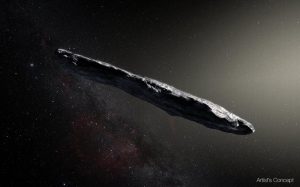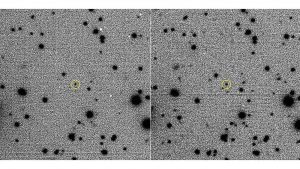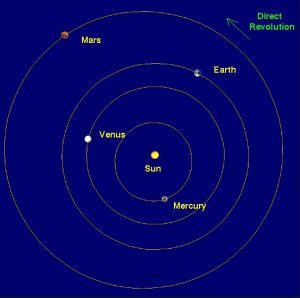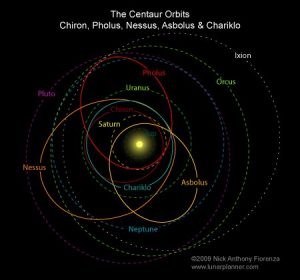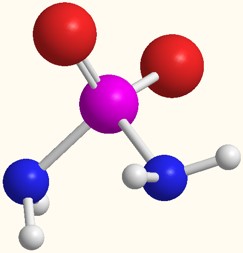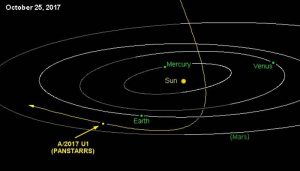There have been a couple of major discoveries in astronomy this past month, each in their own way teaching us something about the universe outside our solar system, and how similar that is to what goes on inside our solar system.
The first story concerns one of the now over 4,000 planets that have been discovered orbiting around other stars. Exoplanets the astronomers are calling them and most were discovered by the no longer functioning Kepler space telescope. (See posts of 16Dec2017, 28Apl2018 and 3Nov2019)
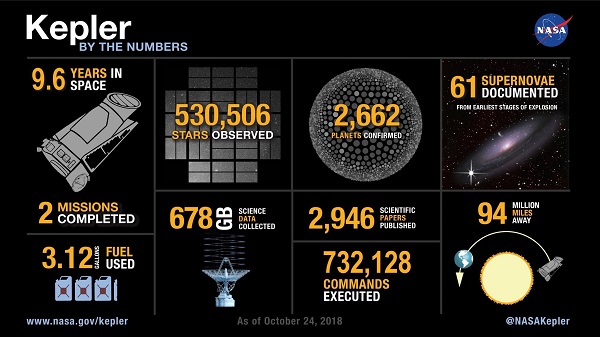
Most of the exoplanets that have been discovered to date are considerably larger than our Earth is, let’s be honest the bigger anything is the easier it is to see, and most have been found to be orbiting rather close to their parent star. Neither of these conditions is expected to make these exoplanets hospitable for life but the astronomers know that if they find enough exoplanets eventually they’ll start finding some that look more like Earth and which could be inhabited.

In fact their latest candidate possesses an Earth like feature never before seen in an alien world, water vapour in its atmosphere. The planet is officially known as K2-18b and it orbits around the small red dwarf star K2-18 that resides about 110 light years away in the constellation of Leo. Although K2-18b orbits closer to its star than the Earth does to the Sun because K2-18 is dimmer than our Sun the estimated temperature on K2-18b is between 0 and 40 degrees Celsius. That temperature is just right for water to exist on the planet’s surface and nearly perfect for life. Astronomers succeeded in detecting the water vapour in the planet’s atmosphere by studying the light coming from K2-18 as K2-18b was passing in front of the star. That light showed the characteristic absorption lines of water vapour.
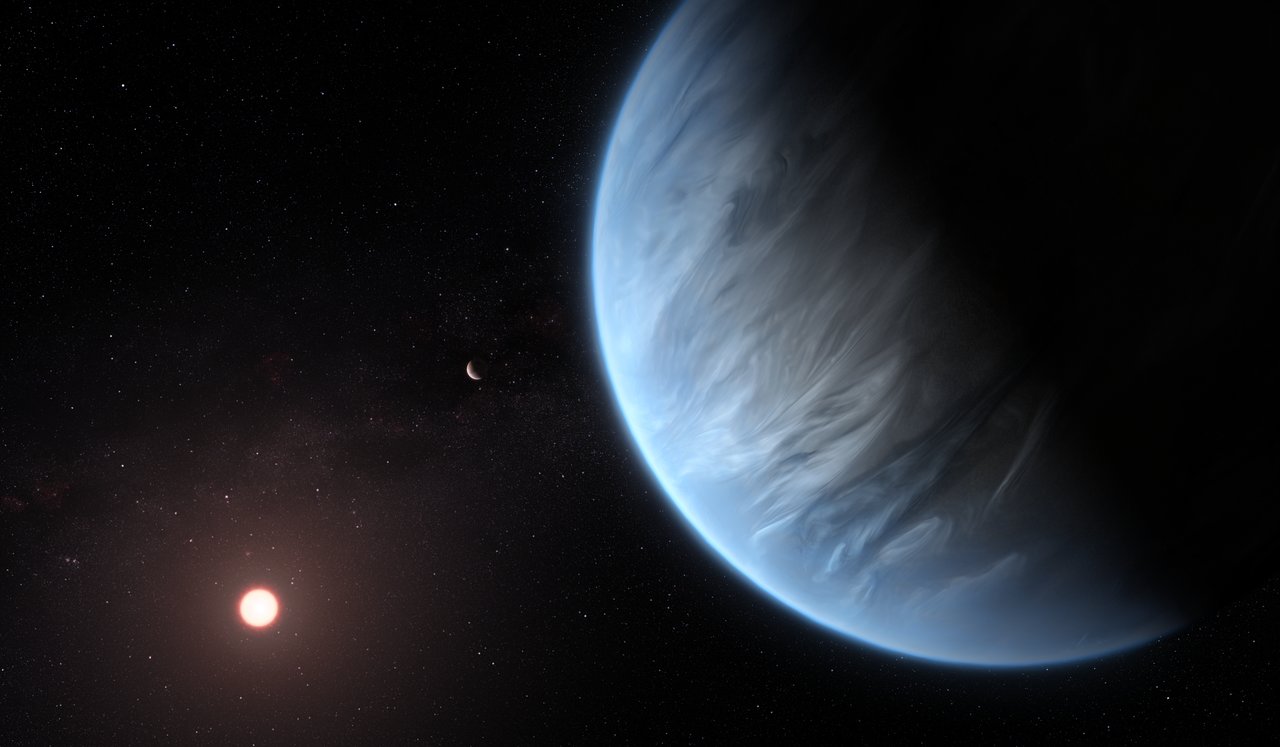
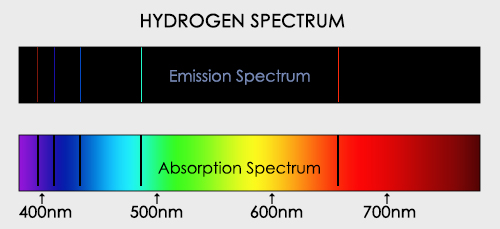
Before you start planning a visit to K2-18b however I should point out that the planet has a mass estimated at about eight times that of Earth and possesses a very thick atmosphere. Together these facts make the planet more like a warm version of Uranus or Neptune than our Earth. Additionally the planet’s star K2-18 is, like many small stars quite active with a large number of solar flares that might bath the planet’s surface in radiation. Still that thick atmosphere would give the planet’s surface some protection and if it does have oceans it is possible that life could exist there.
Astronomers will keep searching the stars of our galaxy looking for worlds that may possess life. Indeed the new James Webb Space Telescope that is expected to be launched in March of 2021 has been designed in part to carry out much more detailed studies of planets like K2-18b. So perhaps in just the next decade or so astronomers may finally discover a planet that truly is Earth like.
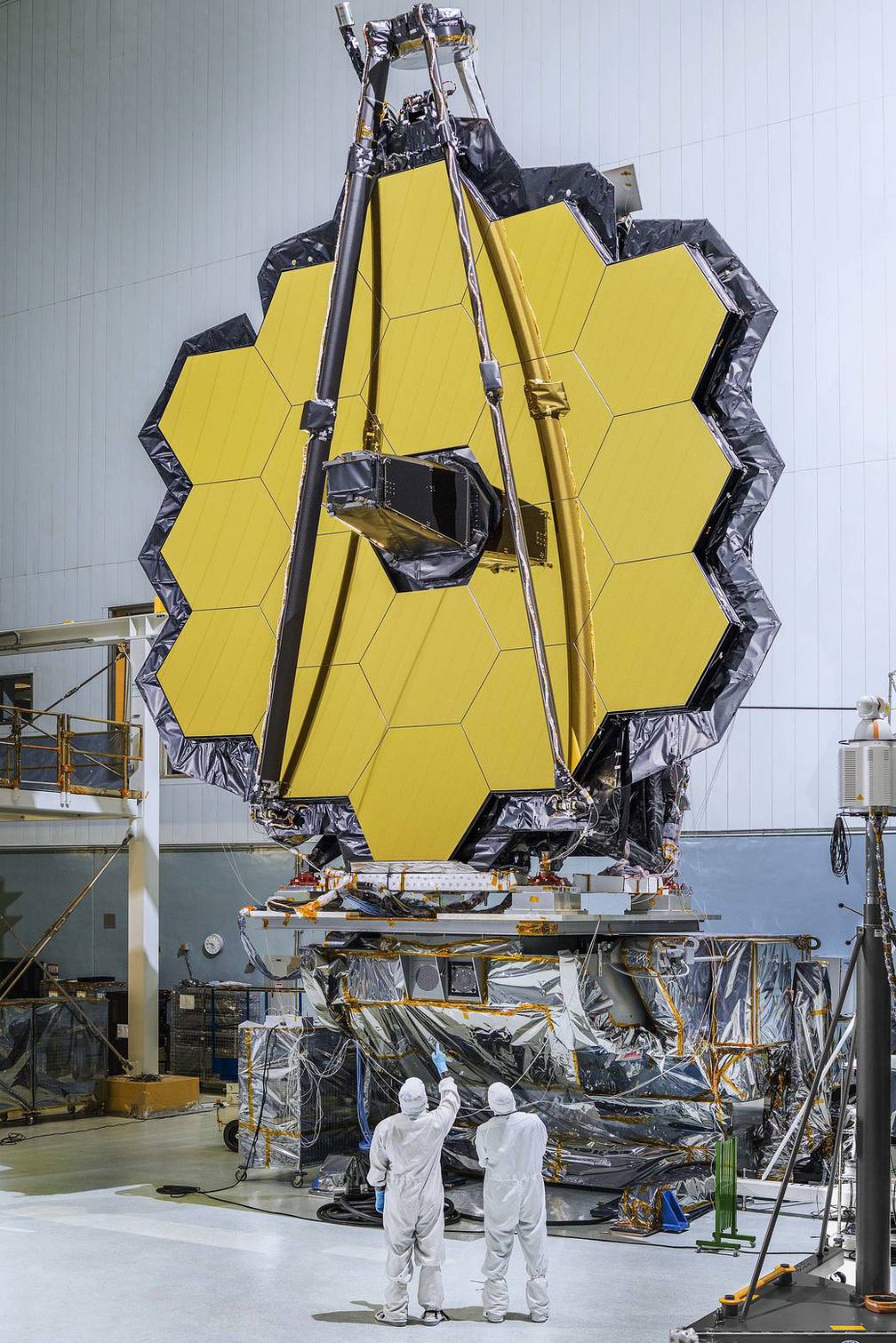
My second story concerns the recent observation of a comet like object that has entered our solar system from outside and is going to pass around the our Sun before heading back out into interstellar space. You may recall hearing about the first observed such an interstellar immigrant that was given the name Oumuamua a little more than a year ago. (See my post of 23May18).
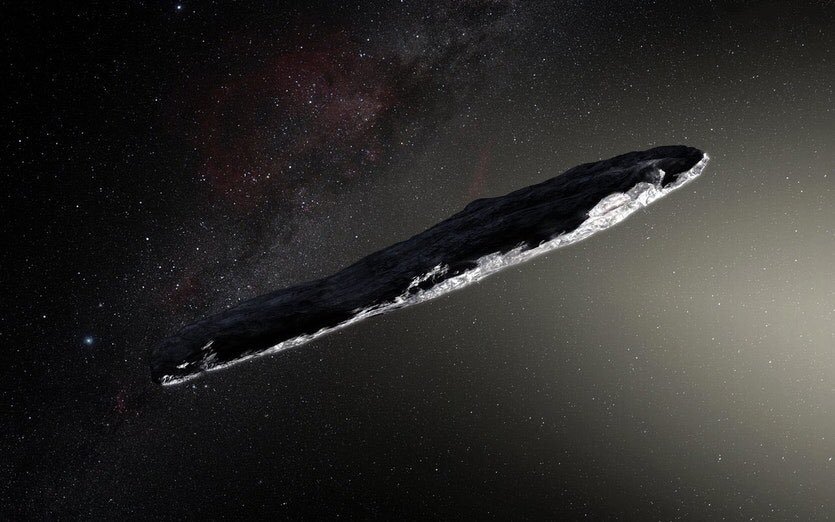
Our new visitor was discovered on August 30th by Gennady Borisov of the Crimean Astrophysical Observatory and has been given the temporary designation of C/2019 Q4 (Borisov). The object has since been observed by more than a half dozen other observers and its orbital parameters have been tentatively determined with a result that the eccentricity of C/2019 Q4 is around 3.2. Now an object in a stable orbit has an eccentricity of between 0 and 1 so an eccentricity of 3.2 means that C/2019 Q4 will make one quick pass by our Sun and then head back out into interstellar space just as Oumuamua did back in 2017.
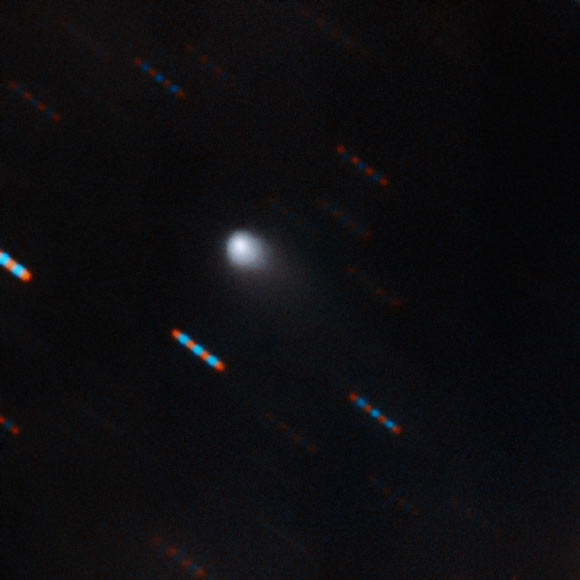
There are a couple of big differences between C/2019 Q4 and Oumuamua however. For one whereas all observations of Oumuamua indicated that it was a hard solid object, like an asteroid, C/2019 Q4 has already shown clear evidence of a comet’s tail. In other words Oumuamua was a rock while C/2019 Q4 is a dirty snowball.
The more important difference however may be that C/2019 Q4 has been discovered well before it passes the Sun and astronomers hope to have more than a year to study it. Oumuamua on the other hand, was only discovered after it had passed the Sun and was on its way out of the solar system, leaving astronomers a little more than a month to observe it. Click on the link below to be taken to a YouTube video of the estimated track of C/2019 Q4 through our solar system. https://www.youtube.com/watch?v=vqMJo3DHOfg
I’m certain there will be a lot more to learn about C/2019 Q4 during the next year, and I hope they come up with a real name before long. You can be certain that I’ll keep you well informed about it.

